If you’re looking for the UNFOCUSED newsletter, you’re in the right place.
It’s been re-branded.
I’m still unfocused, obviously because of the name change lol but I love this new title even more.
It has such a cool double-meaning:
It references the awesome memes that come from this statement; and
It describes my journey trying things in entrepreneurship, NFTs, sales, and other areas I’m trying to improve (the “eff around” part); and wanting to share what I learn, so I can better myself, and hopefully you, too (the “find out” part).
Two insights from this name change:
You need to take action first, sometimes. I couldn’t arrive at this name until I wrote 12 issues (check them out, here). There are famous companies you know and love that had totally different names at first, too (Google was supposed to be BackRub and Brad’s Drink was supposed to be…click on the link).
Don’t feel ashamed to change your mind. Being a flip-flop is okay, if your journey reveals new and better information that you didn’t have, before.
Another thing to point out, is that I’m no longer using the Revue platform to publish this newsletter.
The latest NFT God Newsletter revealed that about 60% of his subscribers were not getting his emails; and that, when he realized that and switched over to Substack, he’s gotten no less than 50 DMs saying they got his emails for the very first time.
The ratio of opened emails for my newsletter were consistent with NFT God’s experience, too; so, I’m switching as well. I hope this reaches and serves more people.
Thanks, @NFT_God (and if you don’t follow him yet, wtf are you doing).
All right, let’s get into this.
BUSINESS. Creating boundaries for creatives
NFT. Yummy (Azuki) beans + toys + fugly corn
MEMES. Saving money on toys & travel in a recession
TWEETS. The truth sets you free
BUSINESS. Creating boundaries for creatives
This week, I had a consulting call with a talented chef, who’s opening his very first fast casual restaurant.
He’s opened eleven restaurants (all fine and full-service dining), already; but was having the most difficult time with this one.
The problem? He has The Cheesecake Factory menu.
If you’ve ever been to The Cheesecake Factory, you’ll notice their menu looks like a Yellow Pages book.
Sorry - I’m aging myself. Let’s use a college textbook.
Because he’s so good at what he does, he has so many menu items. And they’re ALL delicious.
He was fighting me and his investor (who was also on the call), and tried to convince me that he could make all of his items work in the space.
I challenged him on this.
I told him that, if he pared his menu down to one page:
Your staff will be happier. There will be less complexity, your team can focus more on delighting customers, and less employees will leave because it’s more fun and simpler to operate.
You’ll need less staff. Minimum wage is rising, and loyal talent is harder to find.
Food quality will be better. Because there are less items, ingredients will be used faster, which automatically regulates freshness.
Your food costs will go down. Less menu items means you don’t need to pay rent on larger retail space, you have less items to take inventory for, your cash flow isn’t locked up in ingredients, and you have less chances of items rotting, wasting, or being stolen.
Customers will feel smarter and empowered. When customers enter a diner with 100 menu items, they feel intimidated, overwhelmed, and even stupid.
They feel rushed to make a decision; and a lose/lose scenarios happen:
Either they get something good, but hated the experience and will likely not come back; or
They get something horrible, blame the restaurant, and will for sure not come back
This is why Chipotle and other fast casuals have done so well, and partially why the large-space, full-service guys are suffering.
Because their menus are tiny, customers perceive what’s being served is fresh and high quality; they get their food quick; and customers feel safe and smart coming into their restaurants.
Creation is value, but so is curation.
It’s not “no” but “not yet.” You can still serve all of the amazing food that the world needs to know about; but it’s about giving it to customers in doses.
You don’t want to overdose customers with too many options. Just have a one-page menu that contains your best sellers and most profitable items…and every month or quarter, introduce ONE limited-time offer.
This gives customers the new, bright shiny object to bring them back into the stores; you can test items with less risk; and you’ll never run out of things to delight customers, with.
If you have 100 menu items, there will be dishes that will never get the attention it deserves because it’s buried in a sea of other options, and customers can’t effectively spot them out.
You’ll still be able to add variety, show off all of your wonderful food, and stay in business.
Asymmetrical risk:reward. Even though he was quite successful, he hired me because he wanted his business to be better.
I reminded him that, in order to be better, he has to try something different; and I told him this statement:
This decision may be important, but it’s non-fatal.
If he followed my strategy and things don’t work out, despite his best efforts, he can always return to his current way of doing things.
It may be a pain in the ass, but his business won’t die.
BUT, if things do work out…his business would be more profitable. His staff would be happier and stick around longer. His operation would be more enjoyable to run. Scaling multiple stores would be possible and welcome, instead of something to stress out about. And pathways to franchising, going international, going public, and getting acquired - all of which I’ve helped other chains do - is more possible.
And most importantly, more people would get to appreciate his food.
The sky is the limit.
**********
What do you think?
I think this the foodservice version of “feature creep” in the tech business, where startups try to add too many bells and whistles, and either cool benefits get lost and unappreciated, or the product has loses its DNA.
What other industries can you think of, where this is useful?
And, if you have any entrepreneurship/restaurant/franchise/sales questions, I’m happy to answer them if I can!
Fun fact: The Guinness World Record holder for a restaurant with the most menu items is Mofarguru (Hun) in Budapest, Hungary, with 1,810 menu items.
NFT. Yummy (Azuki) beans + toys + fugly corn
A Crypto Badger Clan holder, and someone I’ve become great friends with, knew I was obsessed with Pepe the Frog, so he gifted me an NFT from a recent collection launch - Kung Fu Pepe lol!
I love it; it’s giving me Dragonball Z vibes.
And this gesture is one of the reasons why I love the Web3 space. Amidst the garbage and greed, there is generosity and thoughtfulness.
It spurred me to pay it forward, too: Another Web3 friend of mine was bummed he missed a mint for another project, and I decided to send him one of my two mints that I was able to get.
This isn’t talked about enough, but if you come across a friend whom you think an NFT is perfect for, ask for their wallet address and surprise them.
Bonus points if you send it with no ulterior motive or expectation of thanks or returned favors.
I argue that it’s just as rewarding as getting a profitable NFT for yourself; it’ll definitely bring you joy; and it’ll chip off negative stigma, and help foster more adoption in the space.
I’ve admired Azuki for quite some time.
They are an OG in the space; their art is second-to-none; they’ve weathered bear markets and controversy; their community is ridiculously strong; and their ecosystem expansions have been innovative.
Seth Godin wrote this short but incredible piece on “extensions and souvenirs” (I love the Disney reference in there); and Azuki definitely made extensions with their Beanz (whose airdrop was so fricken entertaining) and Bobu The Bean Farmer (which innovated community-driven IP direction) collections.
I felt that Bobu was undervalued .055ETH ($74.47); so I jumped in.
This is a great way to affordably enter a blue-chip ecosystem without a lot of risk; and I do plan on getting more Bobus and getting into Beanz, eventually.
Not that I wouldn’t get into the OG collection, but my gut says “not for me, now” and trying to balance my need to conserve cash in this market environment, while still being able to enjoy trading NFTs.
It’s why I like playing Pai-Gow. I can enjoy the game, and it takes forever to win/lose - which, when you add entertainment value, is more of a win lol!
I wrote about Toy Birds in a previous issue, here.
Yesterday, they launched another collection, called the Toy Ape Yacht Club (a derivative of the Bored Ape Yacht Club), and gave Toy Bird holders a free claim, so I got one.
I love the ghost trait, and the restaurant trait was meant for me.
I did get two claims for my two birds, but I gifted the other one, as mentioned in the previous section.
As mentioned in the previous issue, I’m not sure where this project is going; but the art has been delightful; the cost of entry has been little-to-none; and they do have lots of potential, if they can pull-off toys, merch, and entertainment.
We’ll see!
There was also an NFT project - Corntown - where I won two whitelist spots (called the “Cornlist” lol).
I decided to mint them, since they were both free, and flipped them immediately because I have no interest in the project, and the art was ugly.
People are claiming they could follow the Goblintown route (which was a free mint, and blew up), but the odd are against them.
Gas fees were $6 and I sold each for .01ETH, which ended up being about $26USD, or 433% ROI.
Small wins, but it was one minute of my time, and a ton of small wins make big wins.
**********
All of this is for entertainment/informational purposes only, okay? And all of these decisions were unique to me.
BUT if you’re open to it, let me know what NFTs you’ve gotten into, sold, and are looking at!
MEMES.
TWEETS.



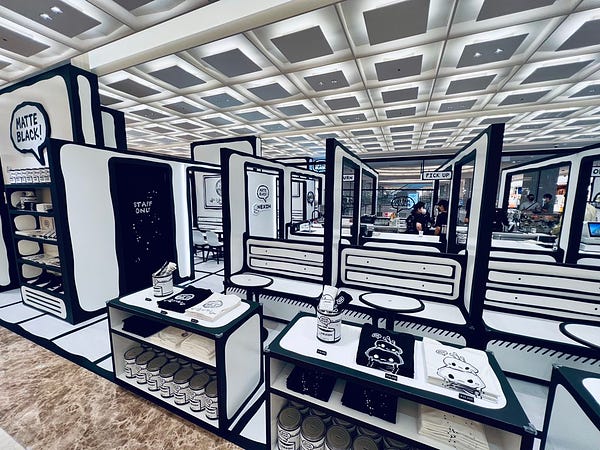
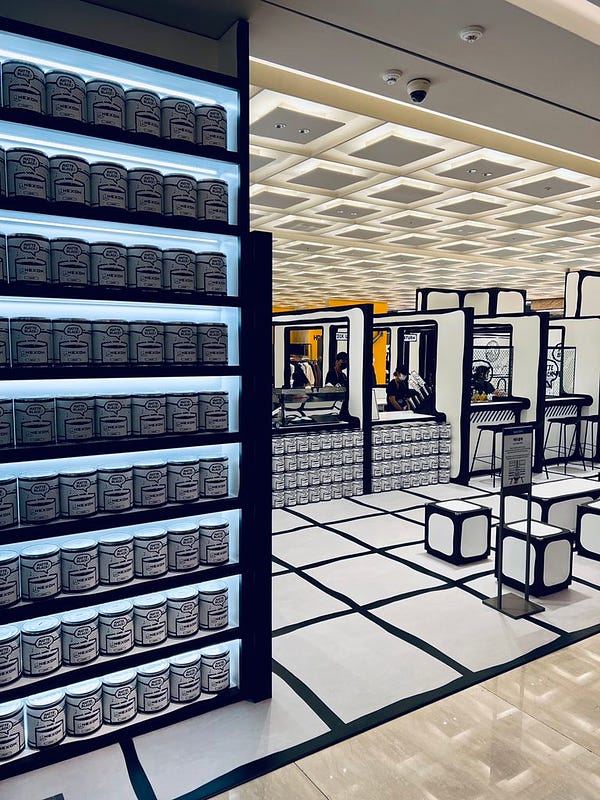
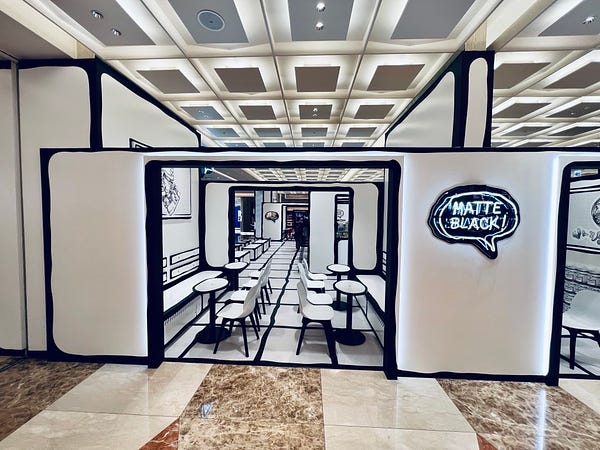
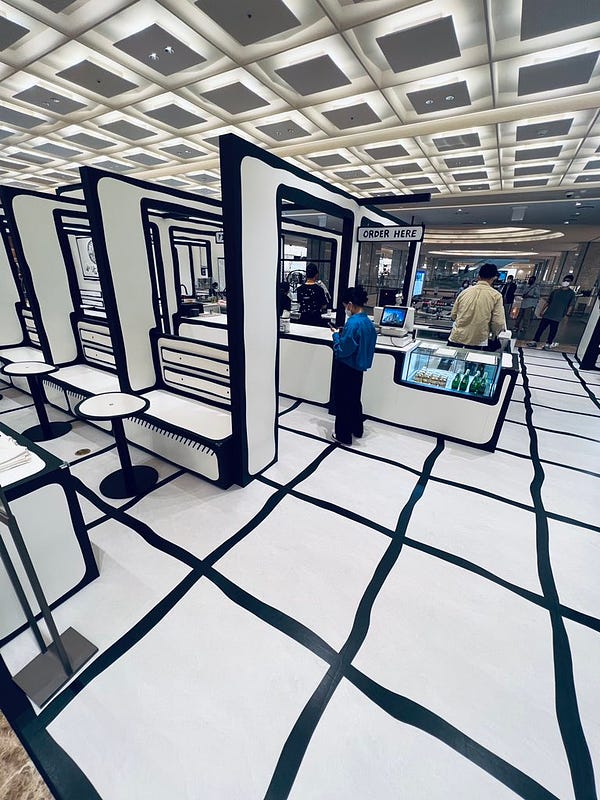


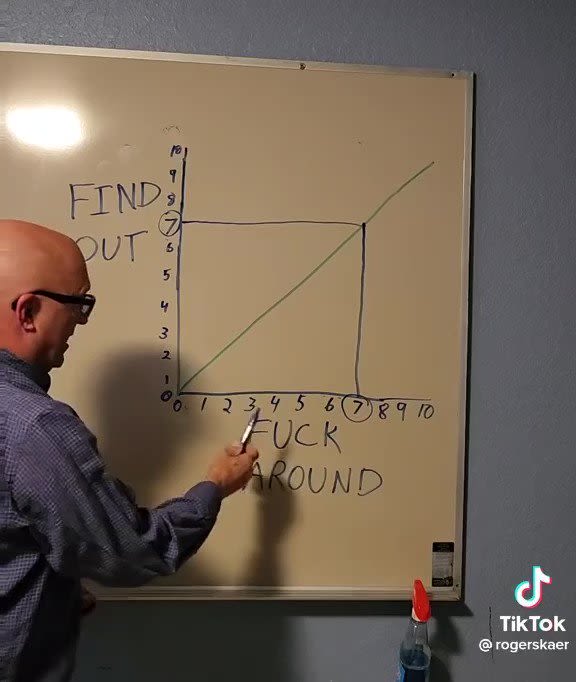



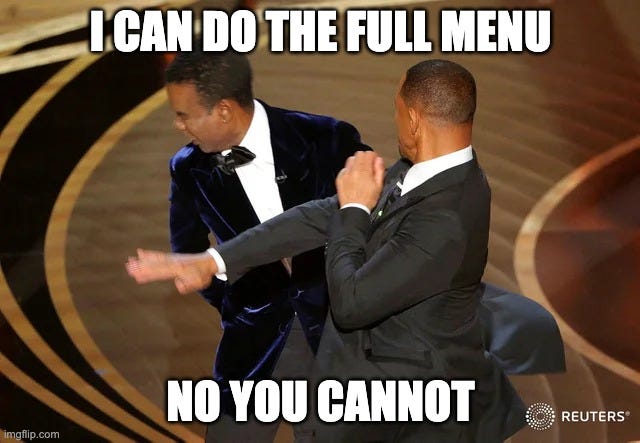

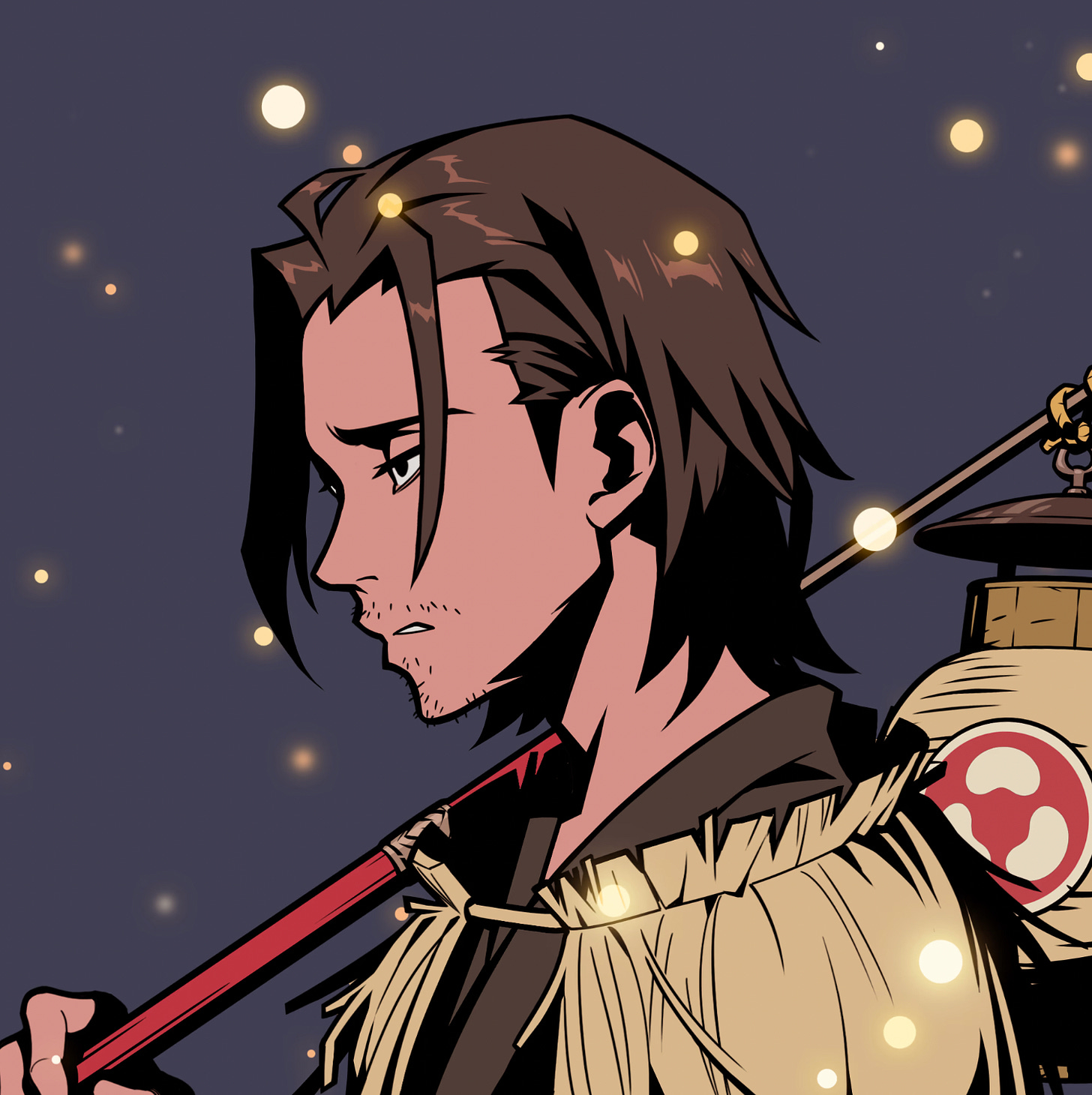
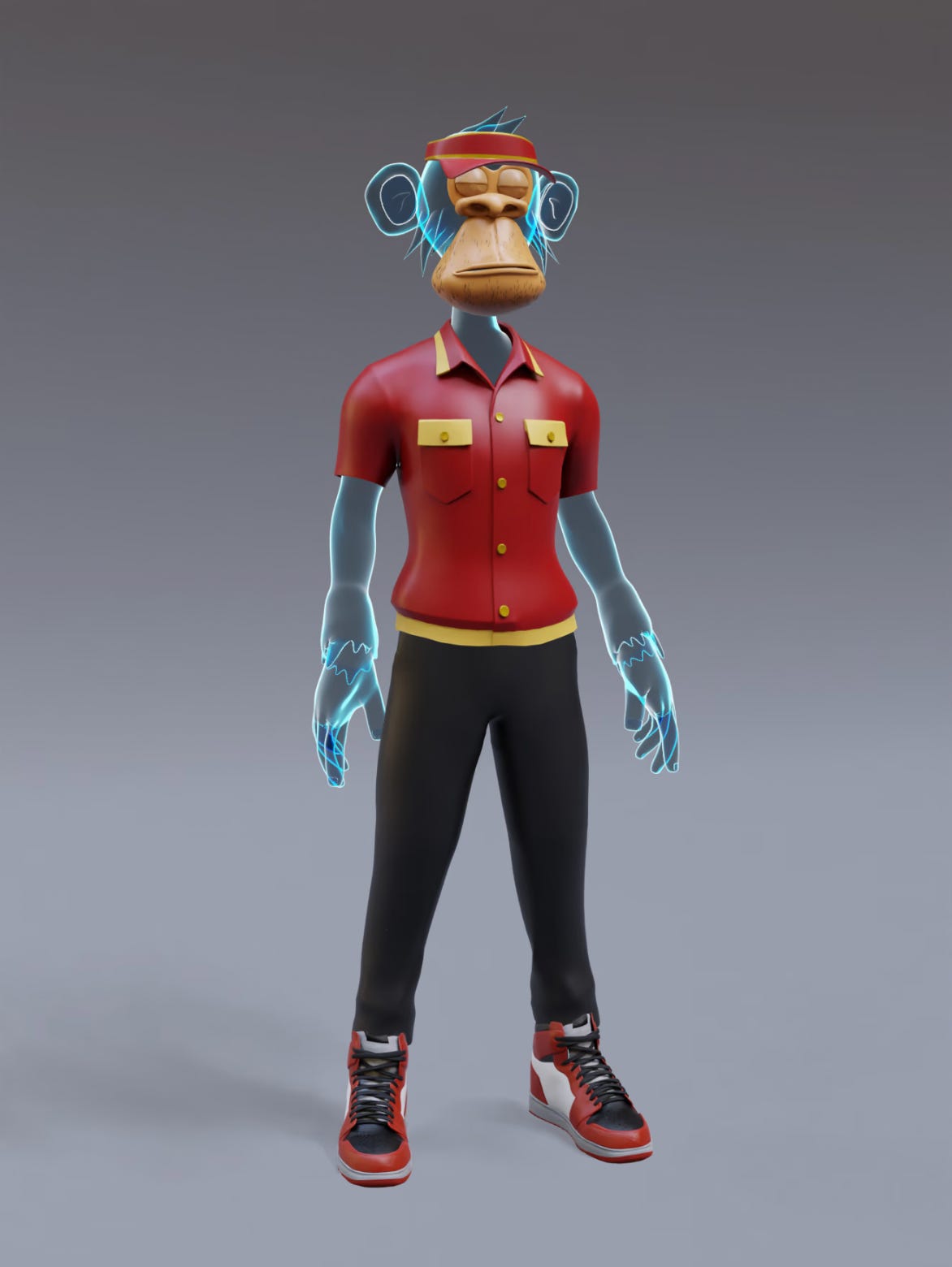
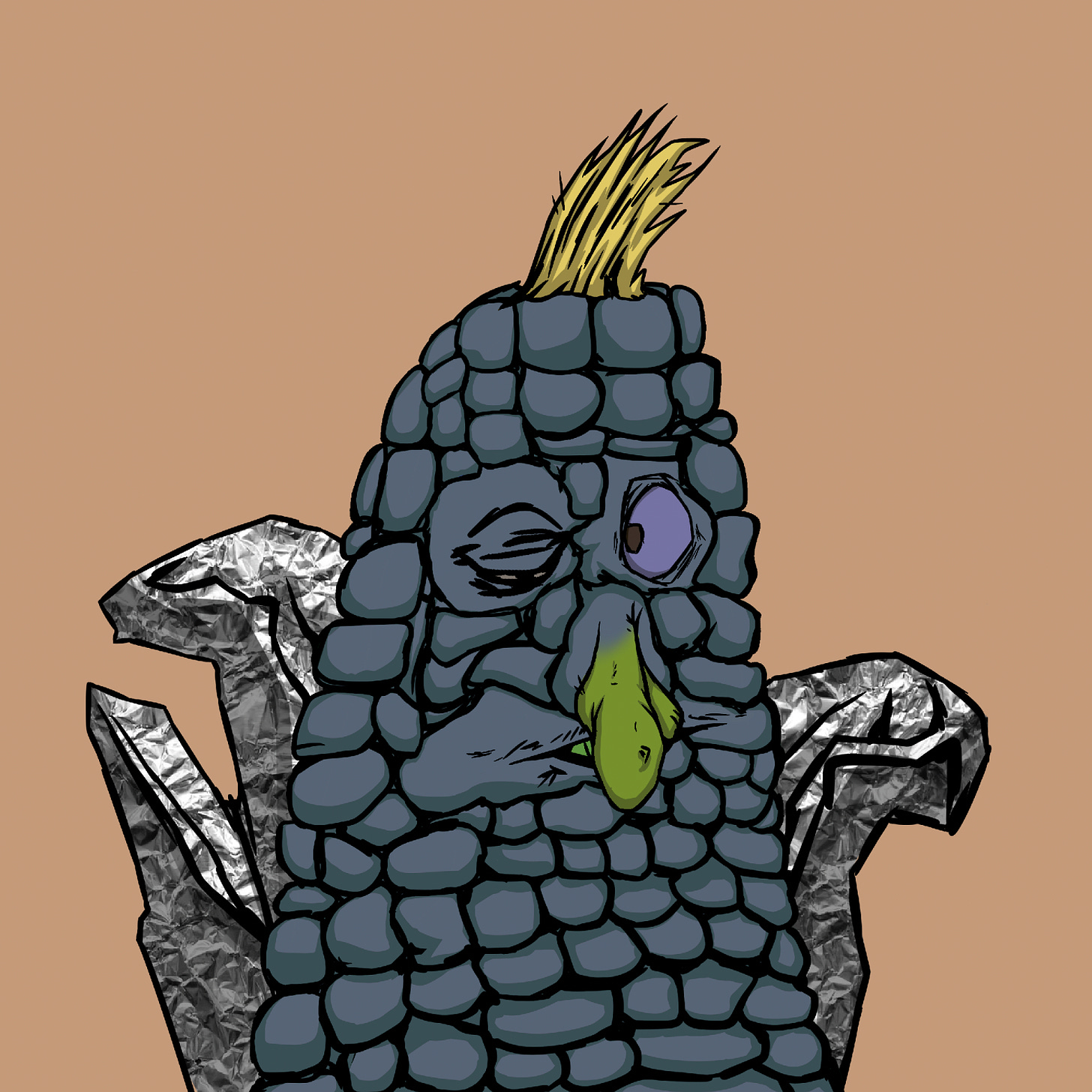
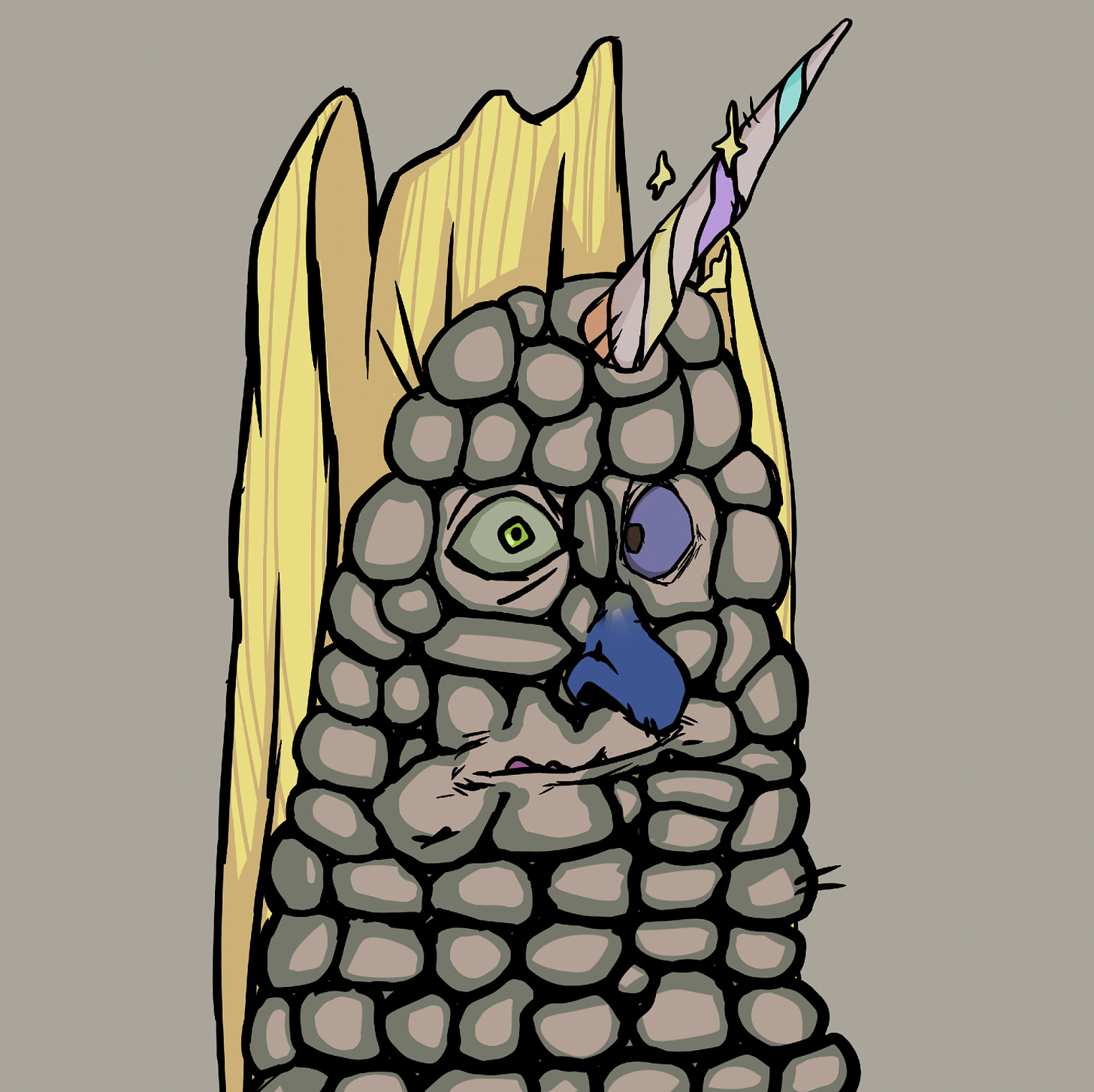
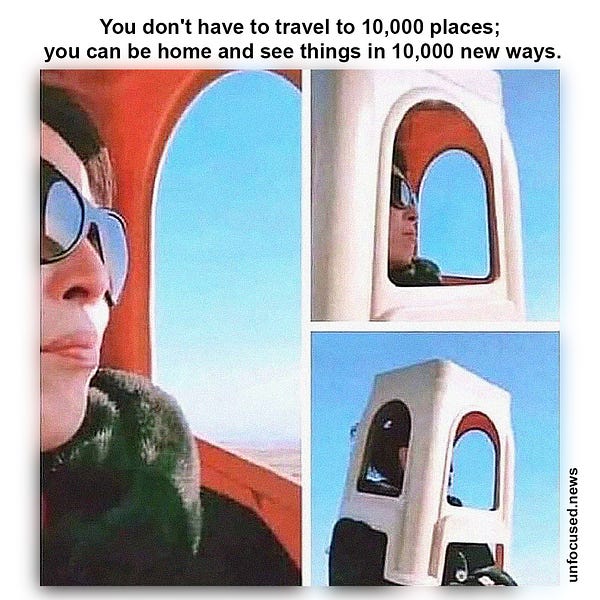

Love the bit about focus. Focus opens so many doors (passion, perfection, simplicity) in ways that plethora doesn’t.